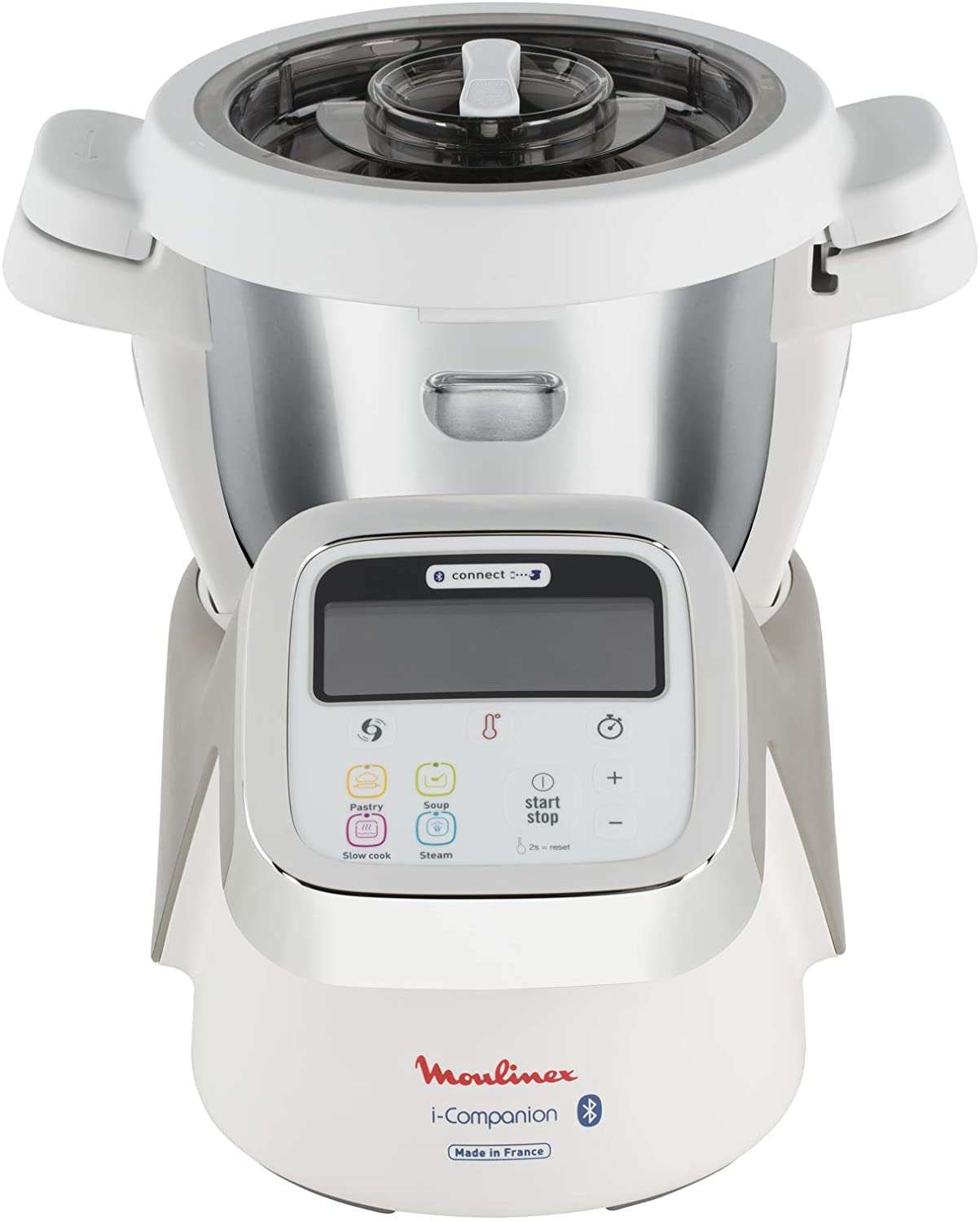A Washington State University-led study found that THC, the psychoactive component of cannabis, is present in the breast milk of mothers who use cannabis. The study revealed that the amount of THC in the milk was low and varied in concentration. While many breastfeeding mothers use cannabis therapeutically, there is no conclusive evidence on whether this is safe or harmful for infants. Researchers emphasized the need for substantial and rigorous studies to understand the impact of cannabinoids on breastfeeding infants.
When breastfeeding mothers in a recent study used cannabis, its psychoactive component THC appeared in their breast milk. The Washington State University-led research also found that, unlike alcohol, THC did not have a consistent peak and decline time when detected in the milk.
Importantly, the researchers discovered that the amount of THC they detected in milk was low – they estimated that infants received an average of 0.07 mg of THC per day. For comparison, a common low-dose edible contains 2 mg of THC. The research team stressed that it is unknown whether this amount has any impact on the infant.
“Breastfeeding parents need to be aware that if they use cannabis, their infants are likely consuming cannabinoids via the milk they produce, and we do not know whether this has any effect on the developing infant,” said Courtney Meehan, a WSU biological anthropologist who led the project and is the study’s corresponding author.
Persistence of Cannabinoids in Breast Milk
Since other research has shown that cannabis is one of the most widely used drugs during breastfeeding, the researchers aimed to uncover how long cannabinoids, like THC, persisted in breast milk.
For this study, published in the journal Breastfeeding Medicine, the researchers analyzed milk donated by 20 breastfeeding mothers who used cannabis. The participants, who all had infants younger than six months, provided detailed reports on their cannabis use. They collected milk after abstaining from using cannabis for at least 12 hours and then at regular intervals after use. All of this was done in their own homes, at a time of their choosing, and with cannabis they purchased themselves.
The researchers then analyzed the milk for cannabinoids. They found that the milk produced by these women always had detectable amounts of THC, even when the mothers had abstained for 12 hours.
“Human milk has compounds called lipids, and cannabinoids are lipophilic, meaning they dissolve in those lipids. This may mean that cannabinoids like THC tend to accumulate in milk—and potentially in infants who drink it,” said Meehan.
The research also revealed that people had different peak THC concentrations in their milk. For participants who used cannabis only one time during the study, cannabinoids peaked approximately 30 minutes to 2.5 hours after use and then started to decline. For participants who used multiple times during the study, the majority showed a continual increase in concentrations across the day.
“There was such a range. If you’re trying to avoid breastfeeding when the concentration of THC peaks, you’re not going to know when THC is at its peak in the milk,” said lead author Elizabeth Holdsworth, who worked on this study while a WSU post-doctoral researcher and is now on the faculty of The Ohio State University.
Therapeutic Use of Cannabis
A related qualitative study by the research team revealed that many breastfeeding moms are using cannabis for therapeutic purposes—to manage anxiety, other mental health issues, or chronic pain. The mothers often chose cannabis over other medications because they felt it was safer.
“Our results suggest that mothers who use cannabis are being thoughtful in their decisions,” said co-author Shelley McGuire, a University of Idaho professor who studies maternal-infant nutrition. “These women were mindful of their choices. This is far from a random lifestyle choice.”
While in most cases, the women were using cannabis as an alternative treatment for a variety of conditions, McGuire pointed out that there is no evidence yet whether it is safer or more harmful. In fact, scientists know almost nothing about how many commonly used drugs may impact breastfeeding babies, partly because women, especially those who are breastfeeding, have historically been left out of clinical trials on medicines.
“This is an area that needs substantial, rigorous research for moms to know what’s best,” McGuire said.
Some research has been done regarding alcohol with guidelines for new mothers to wait at least two hours after consuming alcohol before breastfeeding. Nothing similar has been developed for cannabis, which has been growing in popularity.
The collaborative research team is currently working to address some of that knowledge gap with further research on cannabis use in breastfeeding moms, holistic composition of the milk they produce, and its effects on infant development.
Reference: “Human Milk Cannabinoid Concentrations and Associations with Maternal Factors: The Lactation and Cannabis (LAC) Study” by Elizabeth A. Holdsworth, Anna Berim, David R. Gang, Janet E. Williams, Caroline B. Smith, Beatrice Caffé, Olivia Brooks, Celestina Barbosa-Leiker, Mark A. McGuire, Michelle K. McGuire and Courtney L. Meehan, 2 May 2024, Breastfeeding Medicine.
DOI: 10.1089/bfm.2024.0021
This study received support from State of Washington Initiative Measures 171 and 502 as well as the WSU Health Equity Research Center.
Note: This article have been indexed to our site. We do not claim legitimacy, ownership or copyright of any of the content above. To see the article at original source Click Here














